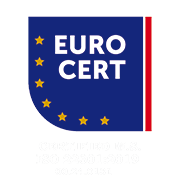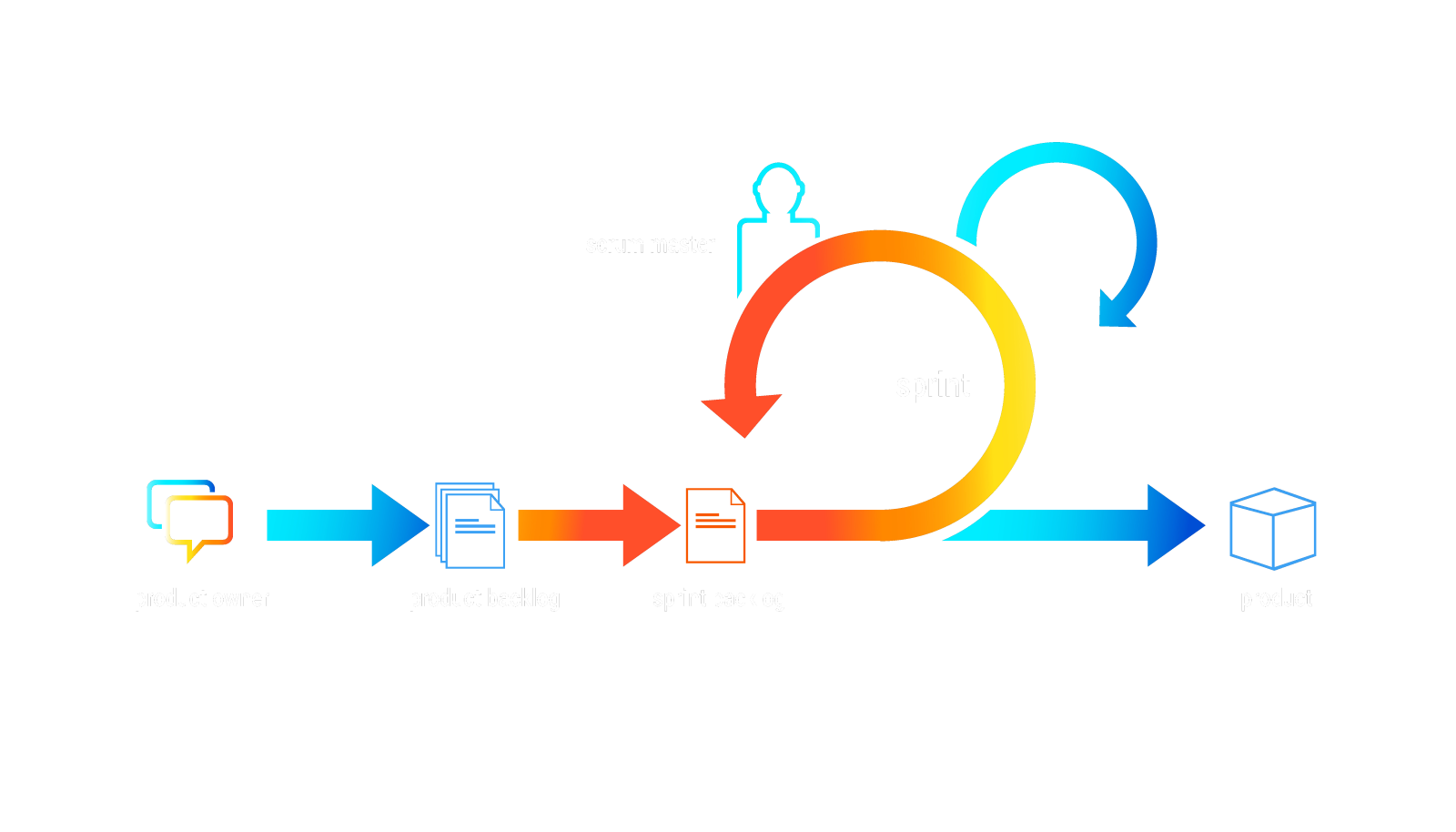Scrum is an agile development methodology used in the development of Software based on an iterative and incremental processes.
Scrum is adaptable, fast, flexible and effective agile framework that is designed to deliver value to the customer throughout the development of the project.
The primary objective of Scrum is to satisfy the customer’s need through an environment of transparency in communication, collective responsibility and continuous progress.
Product/ Project Owner.
The development starts from a general idea of what needs to be built, elaborating a list of characteristics ordered by priority (product backlog) that the owner of the product wants to obtain. Product Owner is one of three accountabilities of Scrum Methodology. Is the representative of the stakeholders and customers who use the software. They focus on the business part and is responsible for the ROI of the project. They Translate the vision of the project to the team, validate the benefits in stories to be incorporated into the Product Backlog and prioritize them on a regular basis.
Product Backlog.
Product Backlog (PB) is one of the Scrum Artifacts that is designed to guarantee the transparency of key information in decision making. The product backlog is a list that collects everything the product needs to satisfy the potential customers. It is prepared by the product owner and the functions are prioritized according to what is more and less important for the business. The goal is for the product owner to answer the question “What should be done”.
Sprint Backlog.
Sprint Backlog (SB) is another Scrum Artifact that represent work or value to provide transparency and opportunities for inspection and adaptation. It is a subset of items of the product backlog, which are selected by the team to perform during the sprint on which they are going to work. The team establishes the duration of each Sprint. Usually the sprint backlog, is displayed on physical boards called as Scrum board – that makes the development process visible to everyone who enters the development area.
Sprint:
Sprint is a set of Scrum Events that facilitates the adaptation of some of the aspects of the process, the product, progress or relationships. Sprint is the basic unit of work for a Scrum team.
- Sprint Planning: The goal of the Sprint Planning is to define what is going to be done in the Sprint and how it is going to be done. This meeting is held at the beginning of each Sprint and is defined how it will approach the project coming from the Product Backlog stages and deadlines. Each Sprint is composed of different features.
- Daily Scrum: The objective of the Daily Scrum is to evaluate the progress and trend until the end of the Sprint, synchronizing the activities and creating a plan for the next 24 hours. It is a brief meeting that takes place daily during the Sprint period. Three questions are answered individually: What did I do yesterday? What am I going to do today? What help do I need? The Scrum Master should try to solve problems or obstacles that arise.
- Sprint Review: The goal of the sprint review is to show what work has been completed with regards to the product backlog for future deliveries. The finished sprint is reviewed, and there should already be a clear and tangible advancement in the product to present to the client.
Scrum Master.
Scrum master is an other accountability. Is the person who leads the team guiding them to comply with the rules and processes of the methodology. Scrum master manages the reduction of impediments of the project and works with the Product Owner to maximize the ROI. The Scrum Master is in charge of keeping Scrum up to date, providing coaching, mentoring and training to the teams in case it needs it.

















